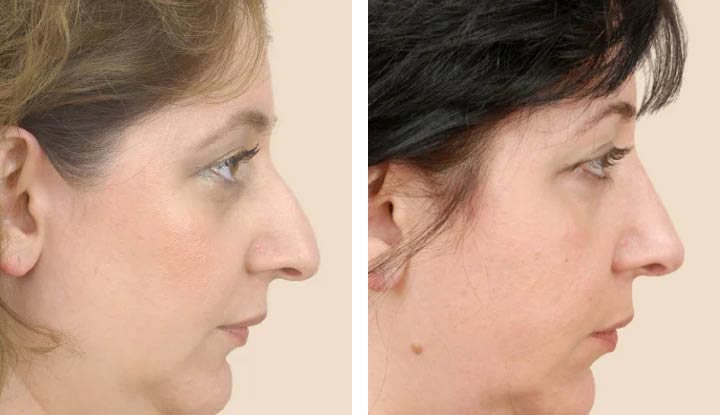Nose surgery, medically termed rhinoplasty, stands as one of the most transformative and intricate procedures in cosmetic and reconstructive surgery. As the central feature of the face, the nose significantly influences facial harmony and self-perception بهترین جراح بینی ترمیمی در تهران کیست. Whether undertaken for aesthetic enhancement or functional correction, rhinoplasty offers profound benefits, reshaping lives alongside appearances.
Historical Context
The origins of rhinoplasty date back to ancient civilizations. In India, the Ayurvedic surgeon Sushruta described nasal reconstruction techniques around 600 BCE, primarily to address traumatic injuries and punishments. These early methods laid the foundation for modern rhinoplasty, emphasizing both functional and aesthetic restoration.
Types of Rhinoplasty
Rhinoplasty can be broadly categorized into two types: cosmetic and functional.
- Cosmetic Rhinoplasty: This form focuses on altering the nose’s shape and size to improve its aesthetic appeal. Common adjustments include reducing a dorsal hump, refining the nasal tip, and narrowing the nostrils. Cosmetic rhinoplasty aims to create a nose that complements other facial features, enhancing overall facial symmetry.
- Functional Rhinoplasty: This type addresses structural issues that impair breathing, such as a deviated septum, enlarged turbinates, or nasal valve collapse. Often, functional rhinoplasty is combined with cosmetic adjustments to ensure both improved function and appearance.
The Surgical Process
Rhinoplasty procedures can be performed using two primary approaches: open and closed.
- Open Rhinoplasty: This technique involves making an incision across the columella, the tissue between the nostrils, providing the surgeon with a comprehensive view of the nasal structures. Open rhinoplasty is particularly advantageous for complex reshaping, as it allows for precise modifications.
- Closed Rhinoplasty: In this method, all incisions are made within the nostrils, leaving no visible scars. Closed rhinoplasty is typically suited for less extensive alterations and offers a shorter recovery period.
Preoperative Considerations
Before undergoing rhinoplasty, patients must undergo a thorough evaluation, including a detailed discussion of their goals, a physical examination, and possibly imaging studies. Surgeons assess nasal anatomy, skin type, and facial structure to develop a tailored surgical plan. Psychological readiness and realistic expectations are crucial for achieving satisfactory outcomes.
Postoperative Care and Recovery
Postoperative care is vital for optimal healing and results. Patients are advised to keep their heads elevated, avoid strenuous activities, and follow a prescribed regimen of medications and nasal care. Swelling and bruising are common but typically subside within a few weeks, revealing the nose’s new shape. Full recovery can take up to a year, as subtle changes continue to occur.
Risks and Complications
As with any surgical procedure, rhinoplasty carries potential risks and complications. These may include infection, bleeding, adverse reactions to anesthesia, and dissatisfaction with aesthetic results. However, selecting a skilled and experienced surgeon significantly mitigates these risks. Revisions may occasionally be necessary to refine the results or address unforeseen issues.
Innovations in Rhinoplasty
Advancements in technology and techniques continually enhance rhinoplasty outcomes. 3D imaging and simulation allow patients to visualize potential results, fostering informed decision-making. Moreover, minimally invasive approaches and the use of injectable fillers offer non-surgical alternatives for minor adjustments, reducing recovery time and costs.
Cultural and Social Implications
Rhinoplasty’s popularity transcends cultural and social boundaries. In Western societies, a well-defined nose is often associated with beauty and confidence, driving demand for cosmetic rhinoplasty. In contrast, rhinoplasty in Eastern cultures may focus on augmenting nasal structures to achieve a harmonious balance with other facial features. The procedure’s versatility underscores its global appeal and adaptability to diverse aesthetic ideals.
